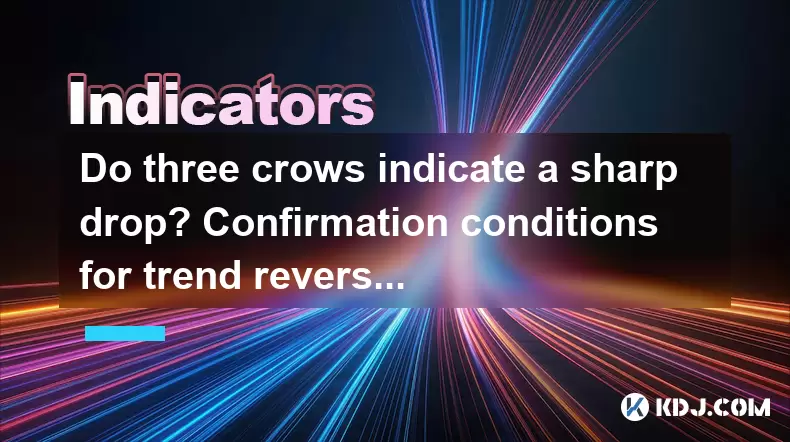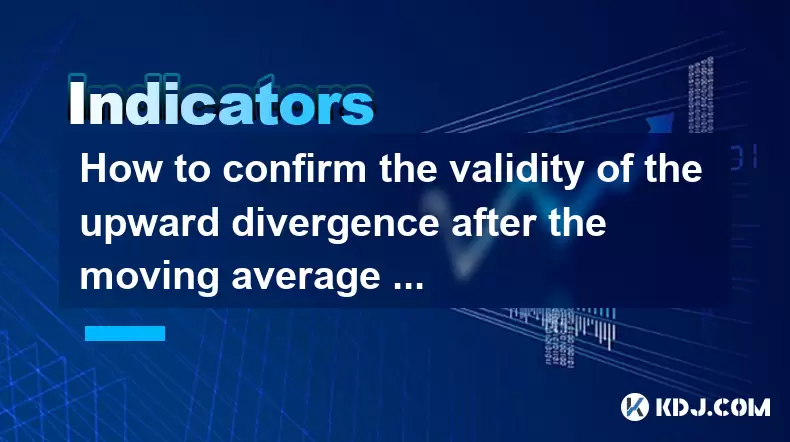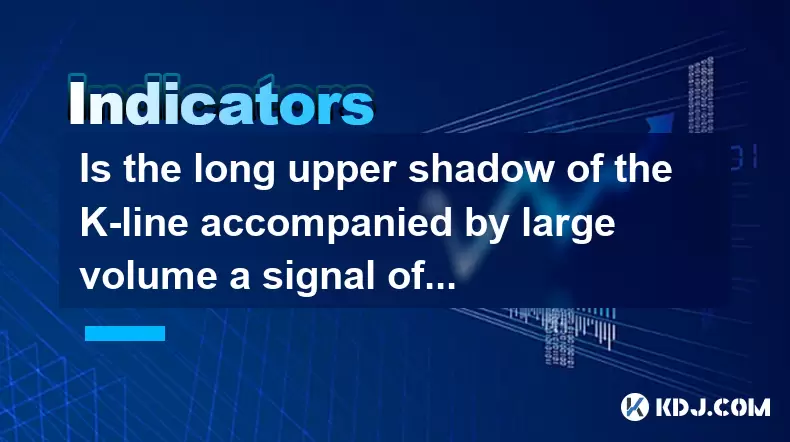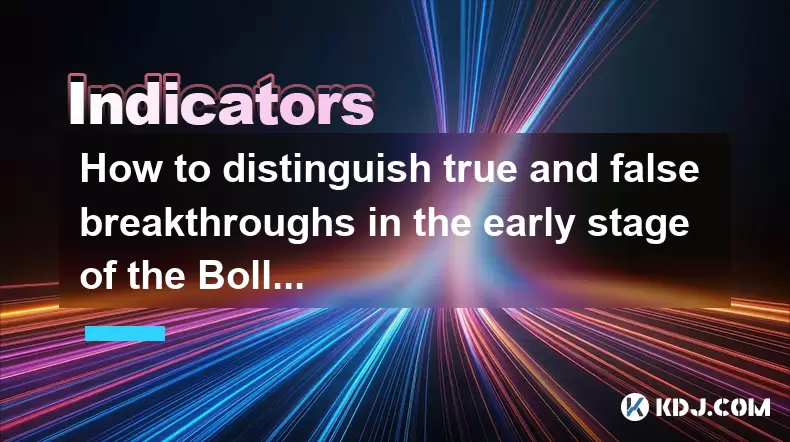-
 Bitcoin
Bitcoin $106,754.6083
1.33% -
 Ethereum
Ethereum $2,625.8249
3.80% -
 Tether USDt
Tether USDt $1.0001
-0.03% -
 XRP
XRP $2.1891
1.67% -
 BNB
BNB $654.5220
0.66% -
 Solana
Solana $156.9428
7.28% -
 USDC
USDC $0.9998
0.00% -
 Dogecoin
Dogecoin $0.1780
1.14% -
 TRON
TRON $0.2706
-0.16% -
 Cardano
Cardano $0.6470
2.77% -
 Hyperliquid
Hyperliquid $44.6467
10.24% -
 Sui
Sui $3.1128
3.86% -
 Bitcoin Cash
Bitcoin Cash $455.7646
3.00% -
 Chainlink
Chainlink $13.6858
4.08% -
 UNUS SED LEO
UNUS SED LEO $9.2682
0.21% -
 Avalanche
Avalanche $19.7433
3.79% -
 Stellar
Stellar $0.2616
1.64% -
 Toncoin
Toncoin $3.0222
2.19% -
 Shiba Inu
Shiba Inu $0.0...01220
1.49% -
 Hedera
Hedera $0.1580
2.75% -
 Litecoin
Litecoin $87.4964
2.29% -
 Polkadot
Polkadot $3.8958
3.05% -
 Ethena USDe
Ethena USDe $1.0000
-0.04% -
 Monero
Monero $317.2263
0.26% -
 Bitget Token
Bitget Token $4.5985
1.68% -
 Dai
Dai $0.9999
0.00% -
 Pepe
Pepe $0.0...01140
2.44% -
 Uniswap
Uniswap $7.6065
5.29% -
 Pi
Pi $0.6042
-2.00% -
 Aave
Aave $289.6343
6.02%
Do three crows indicate a sharp drop? Confirmation conditions for trend reversal
Three crows in crypto trading signal a bearish reversal with three long-bodied candles, but confirmation via volume and support levels is crucial.
May 30, 2025 at 01:56 pm

The concept of "three crows" in the world of cryptocurrency trading refers to a specific bearish candlestick pattern that many traders look for as a potential indicator of a trend reversal. This pattern is characterized by three consecutive long-bodied bearish candles that open within the body of the previous candle and close lower than the previous candle's close. The presence of three crows is often considered a strong signal of a potential sharp drop in price, but it's important to understand the confirmation conditions required to validate this pattern and the context in which it appears.
Understanding the Three Crows Pattern
The three crows pattern is a bearish reversal pattern that typically appears at the end of an uptrend. It is composed of three long-bodied bearish candles, each of which opens within the body of the previous candle and closes lower than the previous candle's close. This formation suggests that sellers are gaining control and that the bullish momentum is waning. The pattern is named after the three black crows, symbolizing the ominous nature of the pattern.
Confirmation Conditions for Trend Reversal
While the appearance of the three crows pattern can be a strong indicator of a potential trend reversal, it is crucial to confirm this pattern with additional technical indicators and market conditions. Confirmation conditions include:
- Volume: A significant increase in trading volume during the formation of the three crows can indicate strong selling pressure, reinforcing the bearish signal.
- Support Levels: If the three crows pattern breaks through key support levels, it adds further credibility to the potential for a sharp drop.
- Other Technical Indicators: Confirming the pattern with other technical indicators such as the Relative Strength Index (RSI), Moving Average Convergence Divergence (MACD), or Bollinger Bands can provide additional evidence of a trend reversal.
Analyzing the Three Crows in Different Market Contexts
The effectiveness of the three crows pattern can vary depending on the market context in which it appears. For instance, if the pattern forms after a prolonged uptrend and near a significant resistance level, it may be a more reliable indicator of a sharp drop. Conversely, if the pattern appears in a highly volatile market or during a period of low liquidity, its predictive power may be diminished.
Practical Examples of Three Crows in Cryptocurrency Trading
To better understand how the three crows pattern works in real-world cryptocurrency trading, let's look at a few practical examples:
- Bitcoin (BTC) Example: Suppose Bitcoin has been in a steady uptrend for several weeks, reaching a new all-time high. Suddenly, a three crows pattern forms, with each candle opening within the body of the previous candle and closing lower. If this pattern breaks through a key support level at $50,000, and the trading volume is significantly higher than the average, it could be a strong signal of a potential sharp drop.
- Ethereum (ETH) Example: Ethereum has been trading in a range-bound market but recently broke out to the upside. After reaching a new high, a three crows pattern forms, with each candle closing lower and breaking through the recent breakout level. If the RSI also shows a bearish divergence, this could confirm the potential for a sharp drop.
Steps to Identify and Confirm the Three Crows Pattern
Identifying and confirming the three crows pattern involves several steps that traders should follow meticulously:
- Identify the Pattern: Look for three consecutive long-bodied bearish candles that open within the body of the previous candle and close lower than the previous candle's close.
- Check the Context: Ensure the pattern appears at the end of an uptrend or near a significant resistance level.
- Confirm with Volume: Check if the trading volume during the formation of the three crows is significantly higher than the average.
- Analyze Support Levels: Determine if the pattern breaks through key support levels, adding credibility to the potential for a sharp drop.
- Use Additional Indicators: Confirm the pattern with other technical indicators such as RSI, MACD, or Bollinger Bands to provide additional evidence of a trend reversal.
Limitations and Risks of Relying on the Three Crows Pattern
While the three crows pattern can be a powerful tool for predicting a sharp drop, it is not without its limitations and risks. Traders should be aware of the following:
- False Signals: The three crows pattern can sometimes produce false signals, especially in highly volatile markets or during periods of low liquidity.
- Overreliance: Relying solely on the three crows pattern without confirming it with other indicators and market conditions can lead to poor trading decisions.
- Market Manipulation: In the cryptocurrency market, where manipulation is not uncommon, the three crows pattern could be artificially created to mislead traders.
Frequently Asked Questions
Q: Can the three crows pattern be used in conjunction with other candlestick patterns?
A: Yes, the three crows pattern can be used in conjunction with other candlestick patterns to provide a more comprehensive view of market sentiment. For example, combining the three crows with a bearish engulfing pattern can reinforce the bearish signal and increase the likelihood of a sharp drop.
Q: How long should traders wait for confirmation before acting on the three crows pattern?
A: The timeframe for confirmation can vary depending on the trader's strategy and the market conditions. Generally, traders should wait for at least one to two additional candles after the formation of the three crows to see if the bearish momentum continues and if other confirmation conditions are met.
Q: Are there any specific cryptocurrencies where the three crows pattern is more reliable?
A: The reliability of the three crows pattern can vary across different cryptocurrencies, but it tends to be more reliable in highly liquid markets such as Bitcoin and Ethereum. These markets have more participants and higher trading volumes, which can make the pattern's signals more robust.
Q: Can the three crows pattern be used for short-term or long-term trading strategies?
A: The three crows pattern can be used for both short-term and long-term trading strategies. For short-term traders, the pattern can signal an immediate opportunity to enter a short position. For long-term traders, the pattern can indicate the beginning of a more sustained bearish trend, prompting them to adjust their portfolios accordingly.
Disclaimer:info@kdj.com
The information provided is not trading advice. kdj.com does not assume any responsibility for any investments made based on the information provided in this article. Cryptocurrencies are highly volatile and it is highly recommended that you invest with caution after thorough research!
If you believe that the content used on this website infringes your copyright, please contact us immediately (info@kdj.com) and we will delete it promptly.
- Staked Ether, Corporate Crypto, and Finance Adoption: A New York Minute
- 2025-06-21 02:45:13
- Pendle, DeFi, and the SEC: A New York Minute on Crypto's Crossroads
- 2025-06-21 02:25:13
- Reddit, Worldcoin, and Iris Scanning: A New Era of User Verification?
- 2025-06-21 02:45:13
- Investor Funds, Bitcoin, and Buying Tricks: Navigating the Crypto Landscape
- 2025-06-21 02:50:12
- TikTok, Trump, and a $300 Million Crypto Bribe? What's the Deal?
- 2025-06-21 03:10:57
- Crypto Presales to Watch in 2025: Identifying Top Performers
- 2025-06-21 03:12:14
Related knowledge

Does the sudden contraction of ATR indicate the end of the trend?
Jun 20,2025 at 11:14pm
Understanding ATR and Its Role in Technical AnalysisThe Average True Range (ATR) is a technical indicator used to measure market volatility. Developed by J. Welles Wilder, ATR calculates the average range of price movement over a specified period, typically 14 periods. It does not indicate direction—only volatility. Traders use ATR to gauge how much an ...

Is the trend continuation when the Williams indicator is oversold but there is no rebound?
Jun 20,2025 at 11:42pm
Understanding the Williams %R IndicatorThe Williams %R indicator, also known as the Williams Percent Range, is a momentum oscillator used in technical analysis to identify overbought and oversold levels in price movements. It typically ranges from 0 to -100, where values above -20 are considered overbought and values below -80 are considered oversold. T...

Is the golden cross of the ROC indicator below the zero axis effective?
Jun 20,2025 at 09:42pm
Understanding the ROC Indicator and Its Role in Cryptocurrency TradingThe Rate of Change (ROC) indicator is a momentum oscillator widely used by traders to assess the speed at which cryptocurrency prices are changing. It measures the percentage difference between the current price and the price from a certain number of periods ago. The ROC helps identif...

How to confirm the validity of the upward divergence after the moving average sticks together?
Jun 21,2025 at 01:36am
Understanding the Basics of Moving Averages and DivergenceIn technical analysis, moving averages are crucial tools used to smooth out price data over a specified time period. When multiple moving averages converge or 'stick together,' it often indicates a consolidation phase in the market. This phenomenon can be a precursor to significant price movement...

Is the long upper shadow of the K-line accompanied by large volume a signal of peaking?
Jun 21,2025 at 12:28am
Understanding the Long Upper Shadow K-LineThe long upper shadow of a K-line is a common candlestick pattern that often appears during price action analysis. It consists of a small real body with a long upper wick, indicating that the price rose significantly during the period but was ultimately rejected and closed lower than its high. This pattern can s...

How to distinguish true and false breakthroughs in the early stage of the Bollinger Band opening?
Jun 20,2025 at 10:35pm
Understanding the Bollinger Band StructureBollinger Bands consist of three lines: a simple moving average (SMA) in the middle, and two outer bands that are standard deviations away from the SMA. These bands expand and contract based on market volatility. When the bands begin to widen, it often signals an increase in price volatility, which traders inter...

Does the sudden contraction of ATR indicate the end of the trend?
Jun 20,2025 at 11:14pm
Understanding ATR and Its Role in Technical AnalysisThe Average True Range (ATR) is a technical indicator used to measure market volatility. Developed by J. Welles Wilder, ATR calculates the average range of price movement over a specified period, typically 14 periods. It does not indicate direction—only volatility. Traders use ATR to gauge how much an ...

Is the trend continuation when the Williams indicator is oversold but there is no rebound?
Jun 20,2025 at 11:42pm
Understanding the Williams %R IndicatorThe Williams %R indicator, also known as the Williams Percent Range, is a momentum oscillator used in technical analysis to identify overbought and oversold levels in price movements. It typically ranges from 0 to -100, where values above -20 are considered overbought and values below -80 are considered oversold. T...

Is the golden cross of the ROC indicator below the zero axis effective?
Jun 20,2025 at 09:42pm
Understanding the ROC Indicator and Its Role in Cryptocurrency TradingThe Rate of Change (ROC) indicator is a momentum oscillator widely used by traders to assess the speed at which cryptocurrency prices are changing. It measures the percentage difference between the current price and the price from a certain number of periods ago. The ROC helps identif...

How to confirm the validity of the upward divergence after the moving average sticks together?
Jun 21,2025 at 01:36am
Understanding the Basics of Moving Averages and DivergenceIn technical analysis, moving averages are crucial tools used to smooth out price data over a specified time period. When multiple moving averages converge or 'stick together,' it often indicates a consolidation phase in the market. This phenomenon can be a precursor to significant price movement...

Is the long upper shadow of the K-line accompanied by large volume a signal of peaking?
Jun 21,2025 at 12:28am
Understanding the Long Upper Shadow K-LineThe long upper shadow of a K-line is a common candlestick pattern that often appears during price action analysis. It consists of a small real body with a long upper wick, indicating that the price rose significantly during the period but was ultimately rejected and closed lower than its high. This pattern can s...

How to distinguish true and false breakthroughs in the early stage of the Bollinger Band opening?
Jun 20,2025 at 10:35pm
Understanding the Bollinger Band StructureBollinger Bands consist of three lines: a simple moving average (SMA) in the middle, and two outer bands that are standard deviations away from the SMA. These bands expand and contract based on market volatility. When the bands begin to widen, it often signals an increase in price volatility, which traders inter...
See all articles

























































































